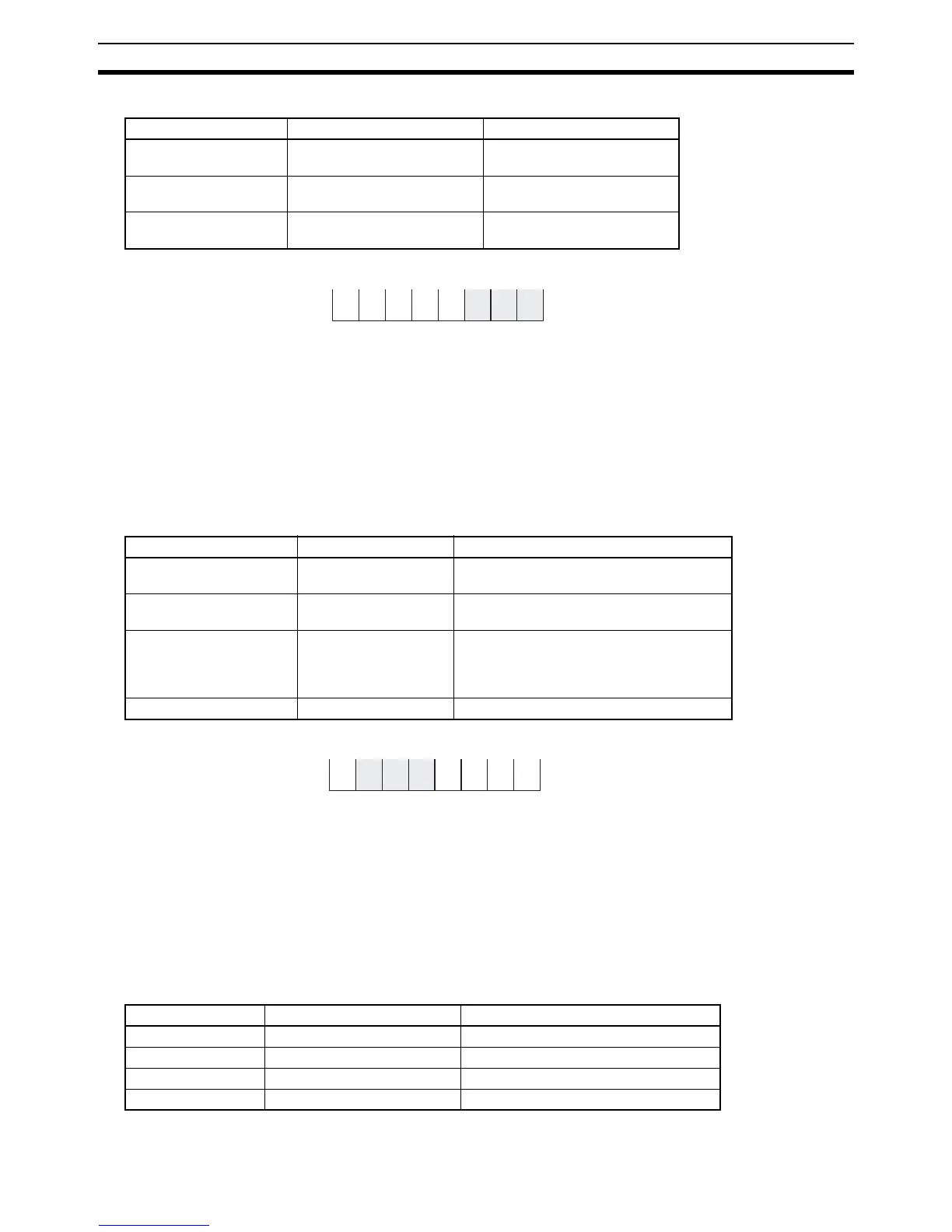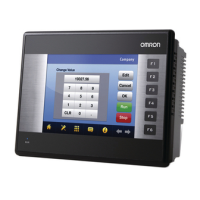188
Function Descriptions Appendix C
• Arguments and Return Values
•Example
MID: Extract Characters from Middle
• Function
Extracts the specified number of characters starting from the specified position of the specified text
string.
• Application
Return_value := MID (Source_string, Number_of_characters, Position);
• Arguments and Return Values
•Example
CONCAT: Concatenate Strings
• Function
Joins the specified text strings.
Up to 31 text strings can be specified.
• Application
Return_value := CONCAT(Source_string_1, Source_string_2, …);
• Arguments and Return Values
Variable name Data type Description
Source_string STRING Specifies the text string from
which to extract characters.
Number_of_characters INT, UINT Specifies the number of char-
acters to extract.
Return_value STRING Returns the extracted charac-
ters.
Variable name Data type Description
Source_string STRING Specifies the text string from which to
extract characters.
Number_of_characters INT, UINT Specifies the number of characters to
extract.
Position INT, UINT Specifies the position from which to start
extracting characters. The first character is
position “1” (e.g., position 1 is “A” in mes-
sage 1 in the following illustration).
Return_value STRING Returns the extracted characters.
Variable name Data type Description
Source_string_1 STRING Specifies a text string to be joined.
Source_string_2 STRING Specifies a text string to be joined.
:
Return_value STRING Returns the joined text strings.
A B C D E F G H
Message
Variables
STRING Message
STRING Result
Result:=RIGHT(Message,3);
→ "FGH" is stored in the Result variable.
MessageVariables
STRING Message
STRING Result
Result:=MID(Message,3,2);
→ "BCD" is stored in the Result variable.
A B C D E F G H
